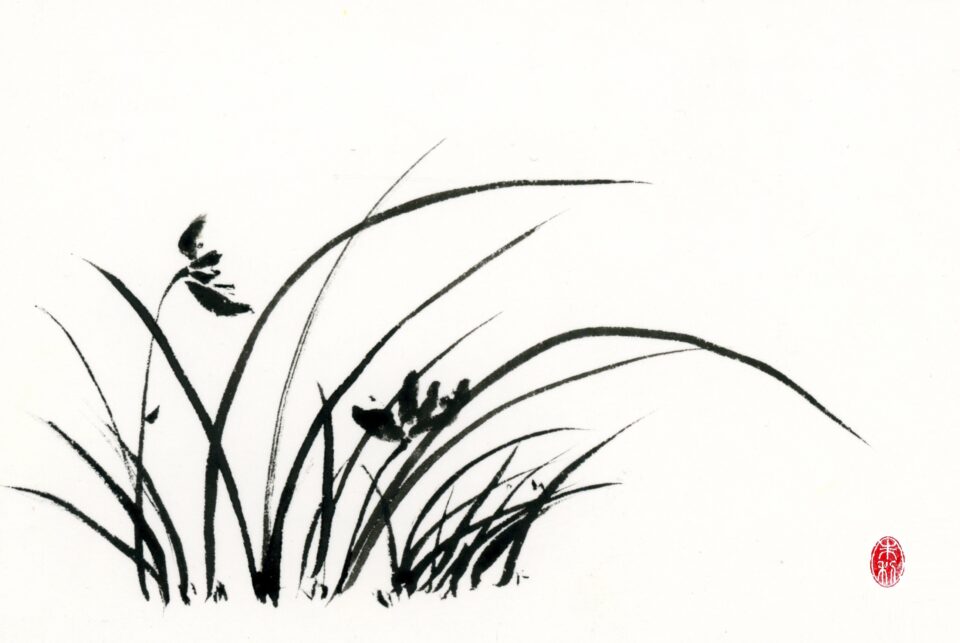
The 72 Seasons - March 2023
In Japan, there are 72 subdivision seasons called the shichijuni kou. The seasons are named after the birds, insects, plants, and weather of each change in nature every five days.
雨水 Usui (Rainwater)
- March 1–5: 草木萌動 Sōmoku mebae izuru (The Budding of Grass & Trees)
啓蟄 Keichitsu (Insects Awaken)
- March 6–10: 蟄虫啓戸 Sugomori mushito o hiraku (Hibernating Insects Surface)
- March 11–15: 桃始笑 Momo hajimete saku (First Peach Blossoms)
- March 16–20: 菜虫化蝶 Namushi chō to naru (Caterpillars Become Butterflies)
春分 Shunbun (Spring Equinox)
- March 21–25: 雀始巣 Suzume hajimete sukū (Sparrows Start to Nest)
- March 26–30: 櫻始開 Sakura hajimete saku (First Cherry Blossoms)
________________________________________________________________________________
It is March! We are able to feel more about the arrival of spring and a new life begins. the ground and the branches of the trees begin to sprout with small buds of fresh green. we can also feel spring and tenderness in the light green buds under our feet and along the roadsides.
Keichitsu means a dormant animal is awakened. The sun is gradually warming up. This is also the time of year when spring thunderstorms tend to be louder. Animals wake up at the sound of hibernation, insects start to crawl out of the soil. Farmers consider the spring thunderstorm on the first day of Keichitsu as a good omen for a good harvest. Peach blossoms start blooming in the space between plum blossoms and cherry blossoms. The peach was introduced to Japan from China during the Yayoi period (710-794), and since ancient times it has been believed as a sacred tree to ward off evil spirits. Decorating peach blossoms on Hinamatsuri is also a well-established practice. Caterpillars that have survived the harsh winter hatch within a week or so as the weather begins to warm up and are reborn as beautiful butterflies, flying freely over the spring fields.
Shunbun (Spring Equinox) is a national holiday in Japan to "nature and respect all living things". In ancient times, when agriculture was the mainstay of life, it was very important to know when to plant and harvest crops, the vernal equinox is often used as a guide for beginning agricultural work in earnest.
It is also the time of year when sparrows begin to build their nests. Sparrows, which live in the fields and near people's homes, have long been the most familiar wild bird to the Japanese, and are often used in haiku and folklore. The cherry blossom is the symbol of Japan and the "national flower" of Japan. Japanese extracted the spiritual characteristics of "noble", "short", and "gorgeous" and gave them to the whole country. By the end of March, cherry blossoms can be seen in most places in Japan. Hanami is a traditional event that means a small picnic under the cherry trees with family and friends to enjoy a boxed lunch and drinks.
________________________________________________________________________________
草木萌動 Sōmoku mebae izuru (The Budding of Grass & Trees)
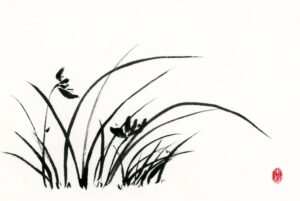
蟄虫啓戸 Sugomori mushito o hiraku (Hibernating Insects Surface)
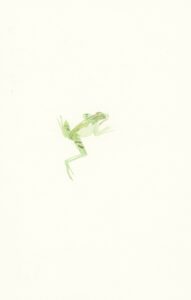
桃始笑 Momo hajimete saku (First Peach Blossoms)
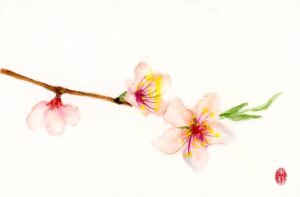
菜虫化蝶 Namushi chō to naru (Caterpillars Become Butterflies)
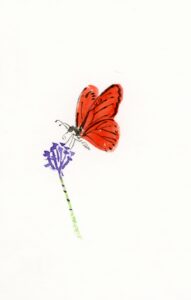
雀始巣 Suzume hajimete sukū (Sparrows Start to Nest)

櫻始開 Sakura hajimete saku (First Cherry Blossoms)
